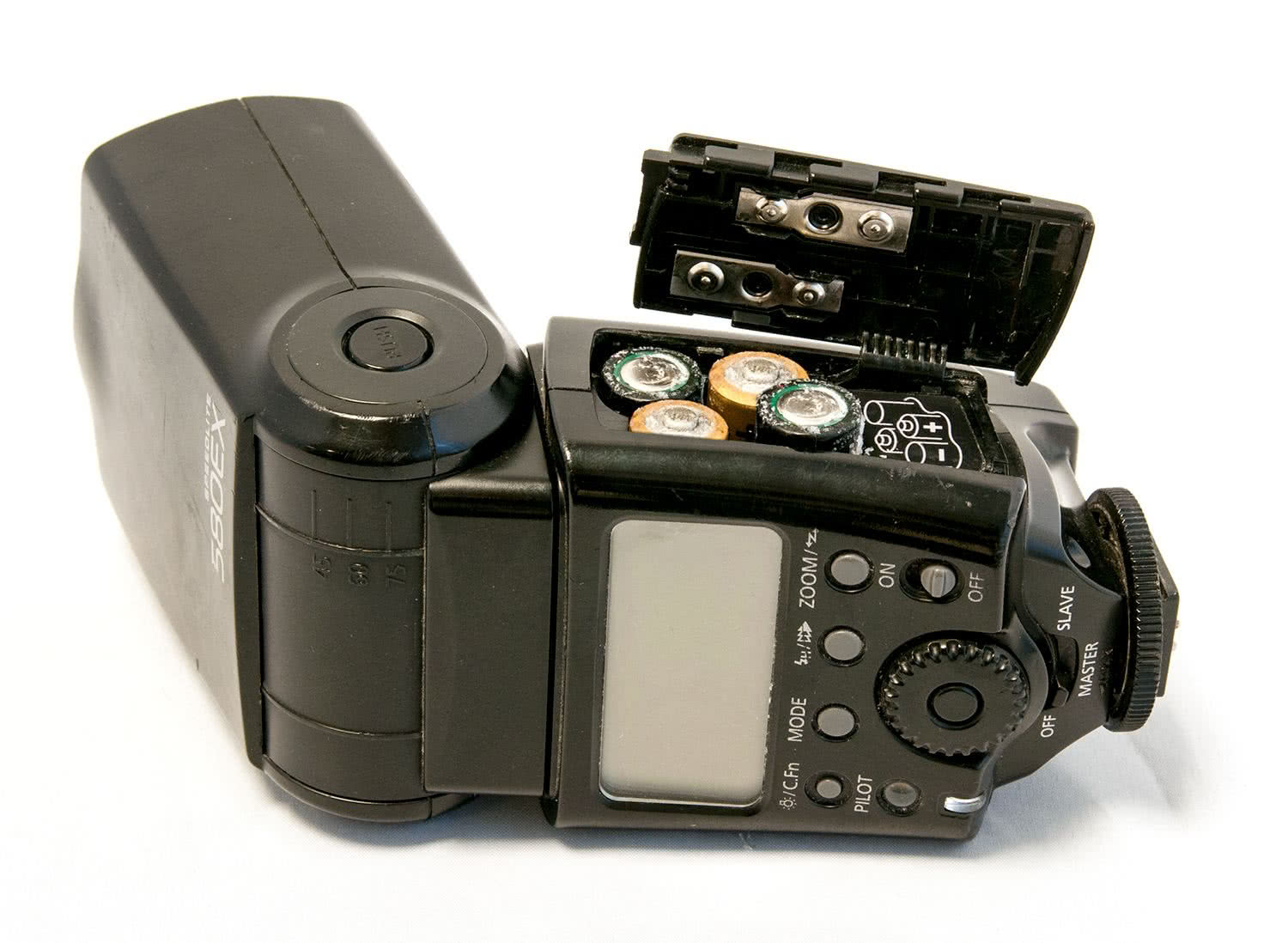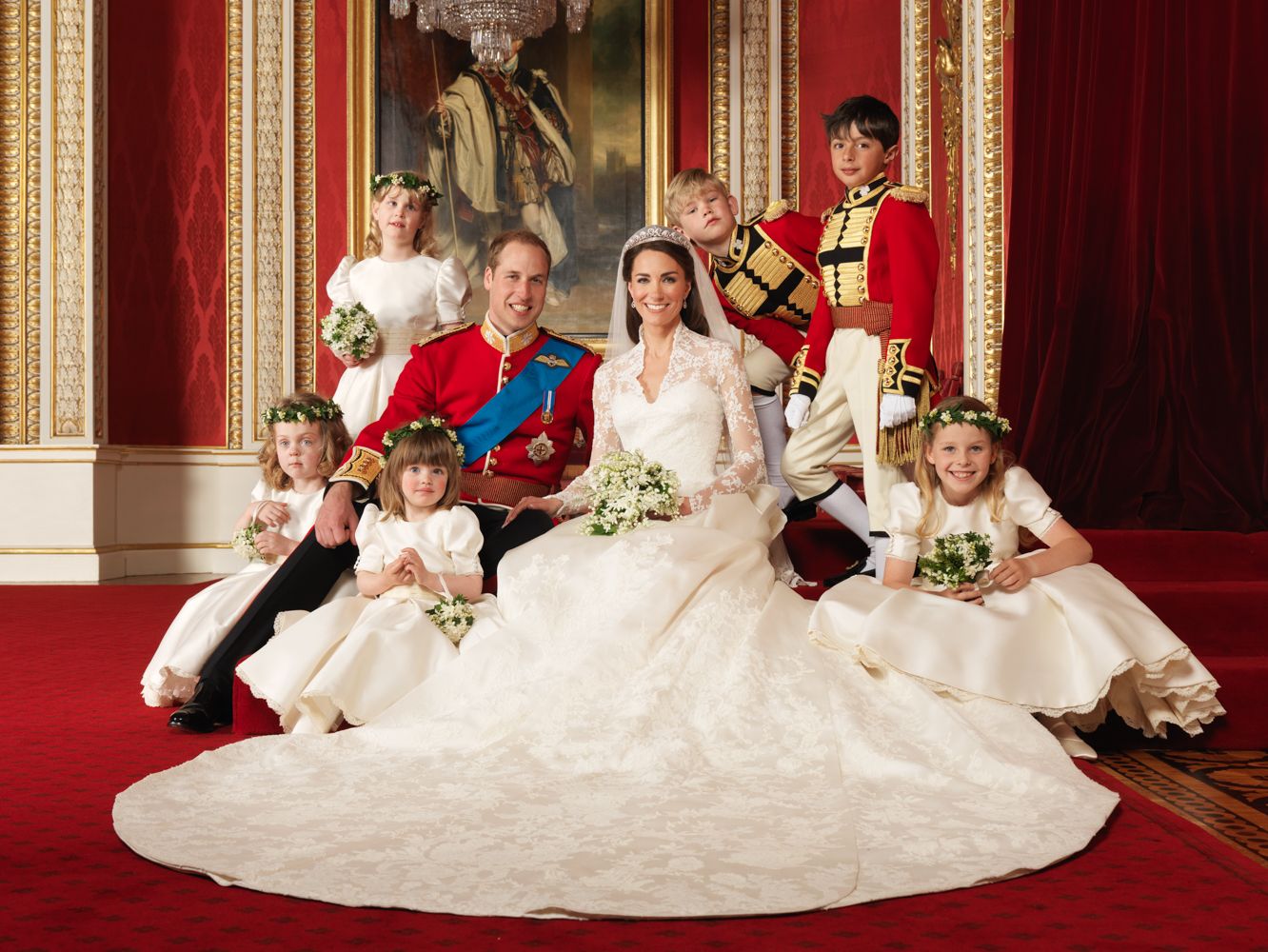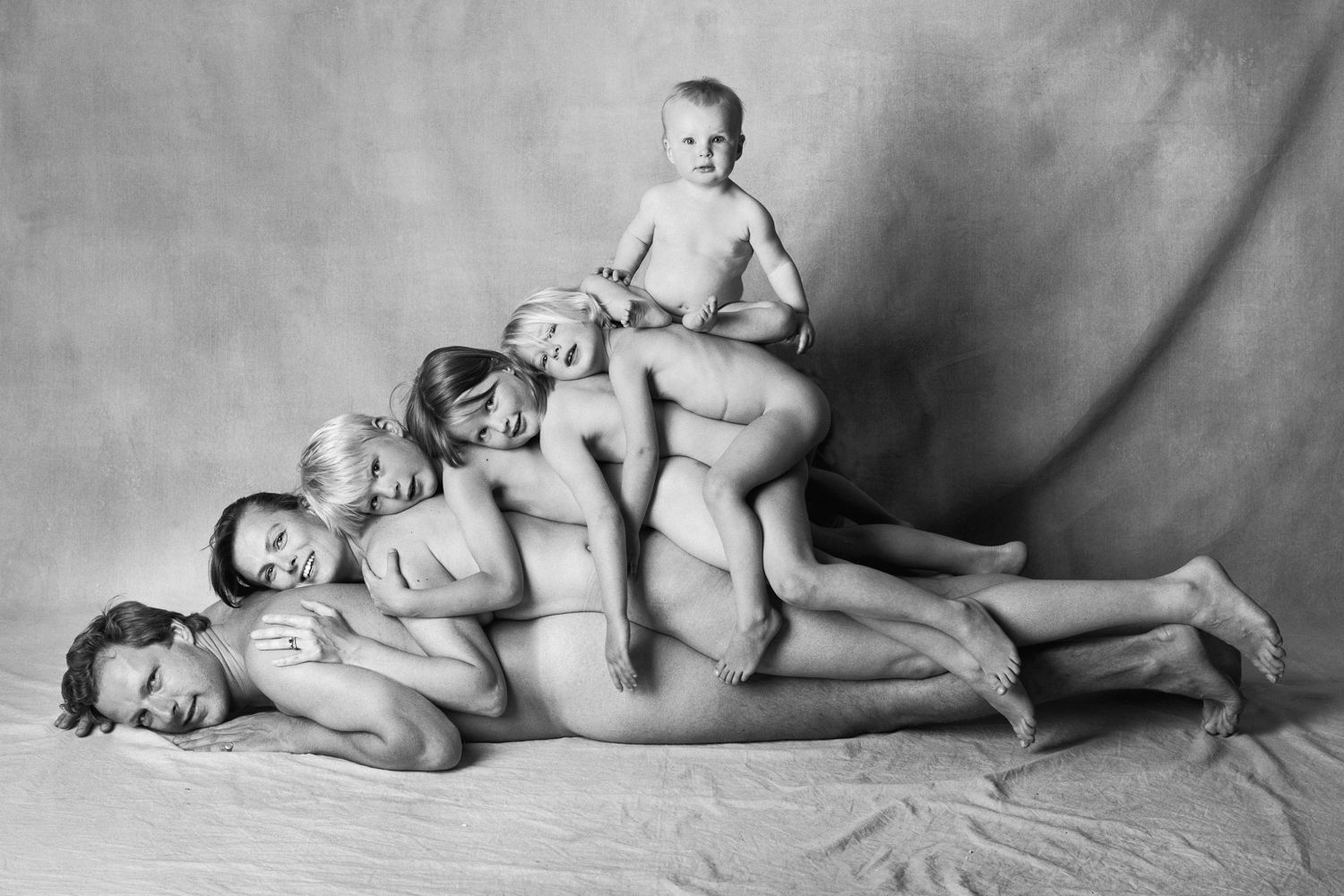As a portrait photographer, I find myself stuck enjoying extremes in people – in my commercial work; I tend to work with traditionally attractive looking folk, pretty girls and handsome men.
Then when I shoot personal work, I’m drawn to the other extreme – character faces and interesting looks. Probably because I’m less concerned with clients opinion on how perfect people look and more about the inherent imperfections of people, they fascinate me.
I also seem to have a thing for old faces, so it was no surprise to me that exactly one year ago today, I found myself in the city of Oaxaca, Mexico.
(say Wa-ha-ca… that’s right people, just like the restaurant, but guess what, they knew you wouldn’t be able to pronounce it as it’s actually spelt!).
Oaxaca is a city in the south of Mexico, relatively modern for its developing country status, you’ll find trendy art galleries, coffee shops and restaurants adorning the centre filled with pretty squares and colourful buildings. Popular with American set, heading to Mexico to celebrate Dia De Los Muertos (Day of the Dead), I used it as my base to get out into the mountains east of the city – where the indigenous communities live.
 © Holly Wren
© Holly Wren
Although the City was alive with party-goers, it was the more traditional, quiet celebrations of Muertos I was after. For which I travelled outside the city to Mitla and Solaga.
As with all travel photography, it pays to have a “fixer” or someone to connect you with the people you want to photograph. In this case it was imperative, these communities don’t allow outsiders in. So lucky for me I had a friend of a friend, of a friend, that was from Solaga and had arranged with the villagers that I would visit (with her) and take photographs.
And lucky she was there, as the indigenous communities speak a language called Zapotec, which basically meant I needed double translation… Zapotec to Spanish then, Spanish to English.
And it was languages that was my biggest challenge. I felt like someone had literally stripped away my super power. For me, portrait photography is about connecting with your subject, to enable you to get something out of them other photographers haven’t. And how to create that connection – talking. I talk. A lot. In life and in my work. But that wasn’t an option here and I found that incredibly challenging. And also I suck at languages, which was not helpful. But what I realised pretty quickly was that kindness and humour in facial expressions and body language are international.
I literally had no idea what I was walking into, how the light would be, the people, the location, so I couldn’t prep to my normal standards so I was firmly out of my comfort zone! My research beforehand threw up very limited information. I was going in blind, and effectively voiceless!
But as it turned out the light was quite beautifully flat, the people lovely, and really with those locations I’d have to be a terrible photographer to screw it up! And some of those faces, just amazing. That’s my favourite thing about different cultures and places – the amazing opportunity to meet and learn about people you otherwise wouldn’t connect with.
There is a whole story about my trip, and the traditions of Dia De Los Muertos which you can download Here
Photographically I wanted to keep a consistent feel across this images, and knowing they would be shot under different light conditions, in different locations I did this by shooting consistently on my Nikkor 50mm f/1.4 .
I love that lens, I feel it gives me the ability to back up to include the environment or get in closer and still be relatively flattering, and cause minimal facial distortion. It’s fast, it’s lightweight and it’s compact. Most importantly it lets me explore my line obsession (which you may notice in this series).
I took my Profoto B2’s too, I knew that potentially some of the images may be taken inside, or as the light was fading, so these were my back up, but to use to mimic natural light, and look as natural as possible.
I went between portraiture where I interacted with my subjects, where they faced, sat, stood or looked as I directed them to pure reportage, and at times somewhere in between. Interacting and taking the time to get the right light fall, angle and framing is easier when you have permission and time, not so free flowing when you’re shooting in a busy market where people are wary. Having a local to speak to these people was therefore essential.
Below are some of my favourites with some information on each.
Rufina
Taken at her home, she wanted to take her washing down, to clear the yard for me to take her and her husbands photograph. But I loved the depth I could create using the washing, and the colours. As soon as I lifted my camera Rufina started laughing and working quicker, to get her washing out of the shots. So I started snapping a way, a throw away moment that turned out to be one of my favourites.
 © Holly Wren | Nikon D800 + 50mm f/1.4 | ISO 400, f/5 at 1/320 sec
© Holly Wren | Nikon D800 + 50mm f/1.4 | ISO 400, f/5 at 1/320 sec
Aron
Waiting at his home, sat on the hard concrete Aron was enjoying the sun whilst his wife prepared their food for Muertos. Aron must have been 90, but he wouldn’t let us help him to his feet or on the steps. Fiercely independent and probably my favourite face.
 © Holly Wren | Nikon D800 + 50mm f/1.4 | ISO 250 f/4.5 at 1/1000 sec
© Holly Wren | Nikon D800 + 50mm f/1.4 | ISO 250 f/4.5 at 1/1000 sec
Unknown
I took this portrait in the market about 5am when the sun had just risen. I spotted her and held my camera up to see if she would allow me to take her picture. She did and I bought some flowers from her. I loved her skin, and her face, she was so beautiful.
 © Holly Wren | Nikon D800 + 50mm f/1.4 ISO 600 f/4.5 at 1/250 sec
© Holly Wren | Nikon D800 + 50mm f/1.4 ISO 600 f/4.5 at 1/250 sec
Lucia
Lucia was my guide Maria’s godmother, and I was invited to her house to dine with her family, where they treated me so kindly. I took her picture in the entrance to her home, you can see the bunting that was there for Muertos. Lucia had dressed in her finest silk outfit, to welcome back the spirit of her husband.
 © Holly Wren | Nikon D800 + 50mm f/1.4 ISO 600 f/4.5 at 1/250 sec
© Holly Wren | Nikon D800 + 50mm f/1.4 ISO 600 f/4.5 at 1/250 sec
Unknown 2
This lady was waiting for a ride back from the market . The locals were very wary of me taking their pictures, and if I’d been American it wouldn’t have been allowed. My American friend who was with me literally was told not to talk so they couldn’t hear her accent! I found it ironic therefore that this lady had her Walgreens bag – probably a gift from a family member now living in the states.
 © Holly Wren | Nikon D800 + 50mm f/1.4 ISO 200 f/4.5 at 1/250 sec
© Holly Wren | Nikon D800 + 50mm f/1.4 ISO 200 f/4.5 at 1/250 sec
You can see the full series of images here and hey, why not follow me on insta @holly_wren


















